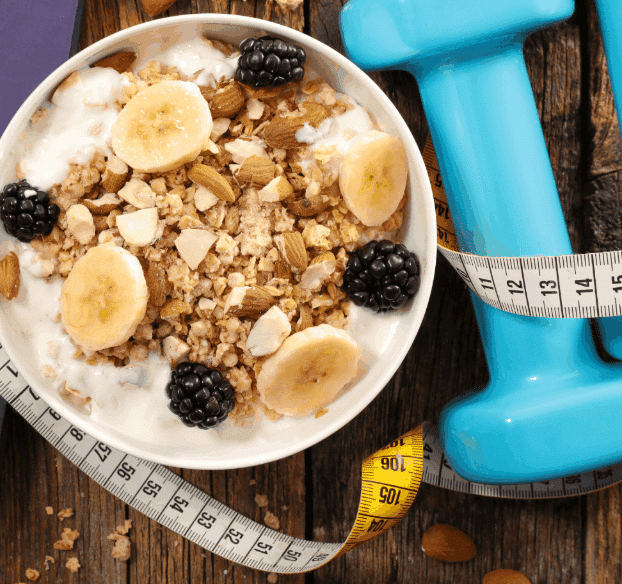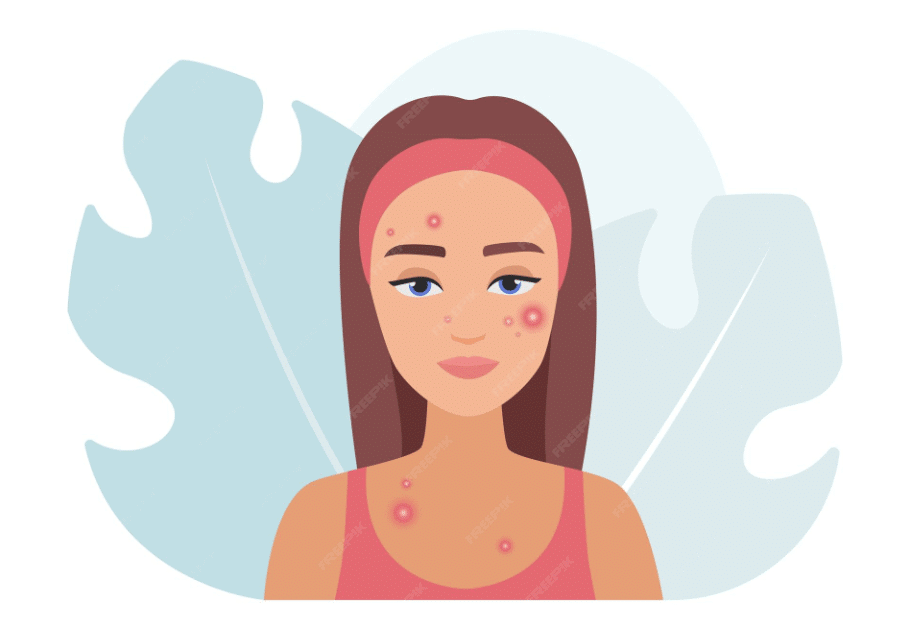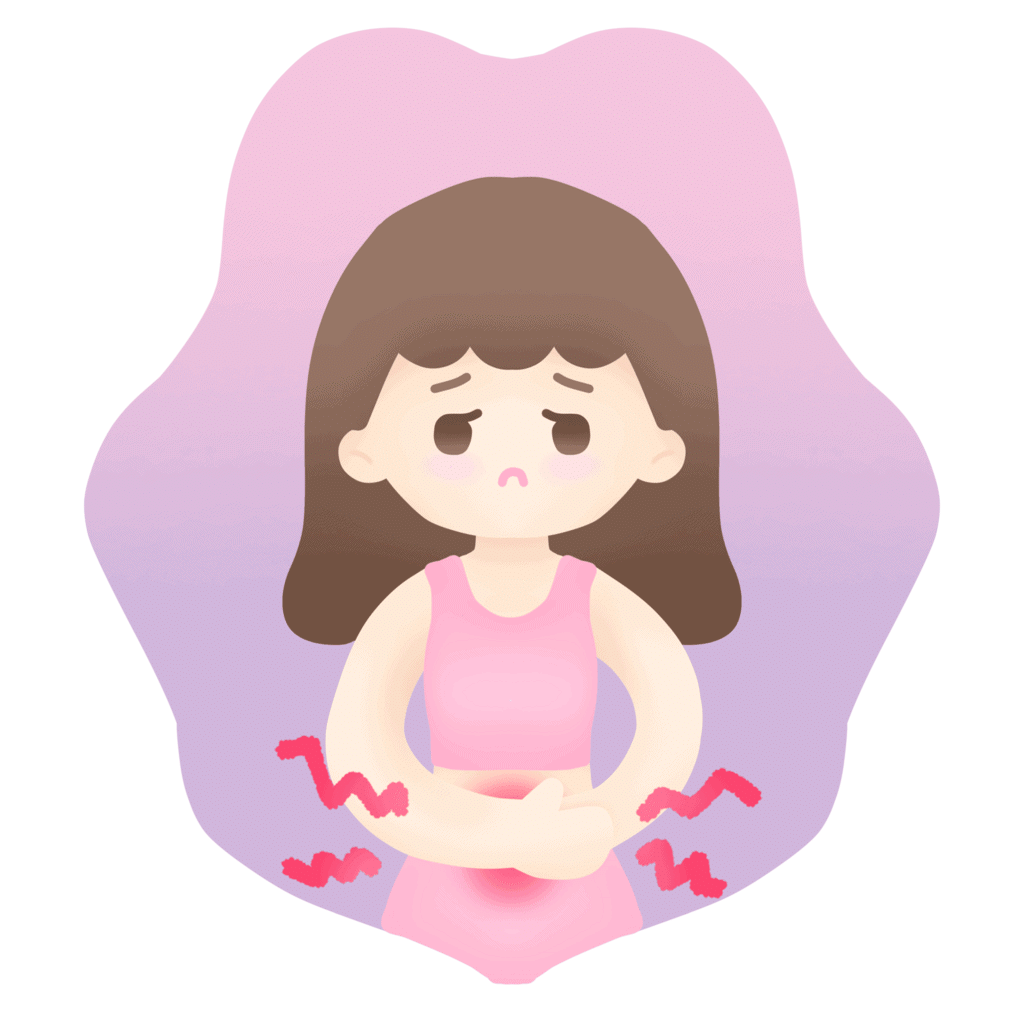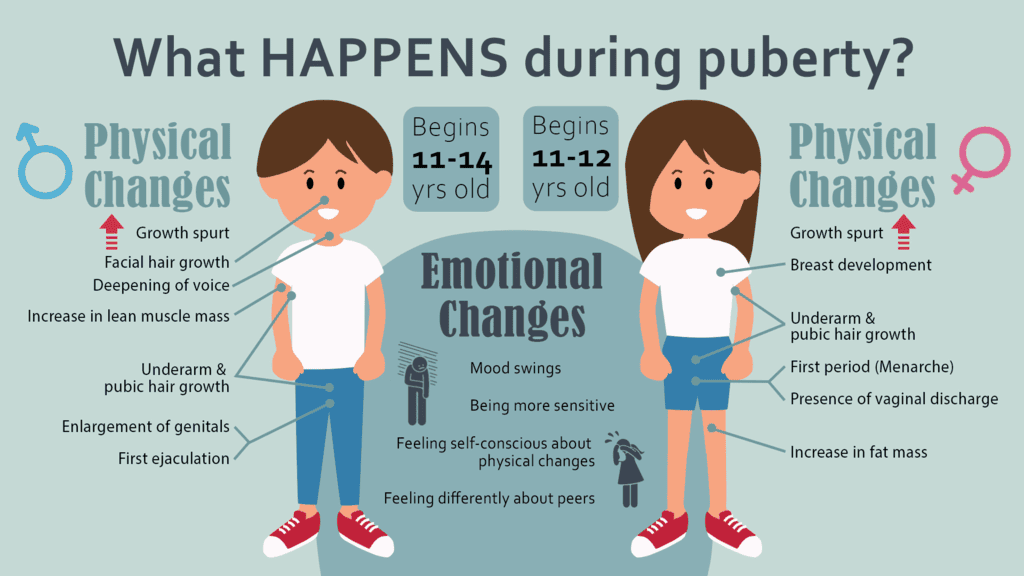Class 7 Science Chapter 6 Worksheet Solutions - Adolescence: A Stage of Growth and Change
| Table of contents |

|
| A. Multiple Choice Questions : |

|
| B. Fill in the Blanks: |

|
| C. True/False Questions: |

|
| D. Very Short Answer Questions: |

|
| E. Long Answer Questions: |

|
A. Multiple Choice Questions :
Q1: What is the main reason for the development of pimples during adolescence?
a) Lack of sleep
b) Increase in oily secretions from the skin
c) Excessive washing of the face
d) Change in diet
Ans: b) Increase in oily secretions from the skin
The development of pimples, commonly known as acne, is primarily due to an increase in oily secretions from the skin during adolescence, which can clog pores and lead to infections. Other factors like lack of sleep or excessive washing do not directly cause pimples.
Q2: The natural signs that mark the onset of puberty and show the body is preparing for adulthood are called:
a) Puberty
b) Maturity
c) Secondary sexual characteristics
d) Adolescence
Ans: c) Secondary sexual characteristics
Secondary sexual characteristics are the natural signs that indicate the body is preparing for adulthood, marking the onset of puberty. Terms like puberty and adolescence refer to broader stages of development.
Q3: At what age does adolescence typically begin?
a) 5–6 years
b) 10–12 years
c) 13–14 years
d) 19–20 years
Ans: b) 10–12 years
Adolescence typically begins around the ages of 10 to 12 years, marking a period of significant physical, emotional, and hormonal changes. The other options fall outside the commonly accepted age range for the onset of adolescence.
Q4: What does the onset of the menstrual cycle in girls indicate?
a) Beginning of adolescence
b) The start of puberty
c) Both a and b
d) End of childhood
Ans: c) Both a and b
The onset of the menstrual cycle signifies both the beginning of adolescence and the start of puberty, as it indicates that the body is undergoing significant biological changes associated with maturation.
Q5: Which of the following is a secondary sexual characteristic in boys?
a) Development of breasts
b) Voice deepening
c) Menstruation
d) None of the above
Ans: b) Voice deepening
Voice deepening is a secondary sexual characteristic in boys that occurs during puberty, while the development of breasts and menstruation are characteristics associated with females.
B. Fill in the Blanks:
Q6: The stage of life when the body undergoes changes to prepare for adulthood is called __________.
Ans: adolescence
Adolescence is a crucial stage characterized by significant physical, emotional, and social changes as individuals transition from childhood to adulthood.
Q7: The growth of facial hair in boys is one of the __________ sexual characteristics that occur during adolescence.
Ans: secondary
Secondary sexual characteristics are features that develop during puberty, distinguishing males from females but not directly involved in reproduction.
Q8: The natural process in adolescent girls that involves the release of blood is called __________.
Ans: Menstruation
Menstruation is a monthly cycle in which the body prepares for potential pregnancy, marked by the shedding of the uterine lining.
Q9: During adolescence, boys and girls experience growth in __________ in the pubic region and underarms.
Ans: hair
Growth of hair in the pubic region and underarms is a typical change during adolescence, indicating the onset of puberty.
Q10: __________ refers to the time period when the body undergoes internal and external changes to reach reproductive capability.
Ans: Puberty
Puberty is the developmental stage during which individuals experience significant changes, preparing their bodies for reproduction.
C. True/False Questions:
Q11: Adolescence is marked only by physical changes in the body.
Ans: False
Adolescence involves not only physical changes but also significant emotional and behavioral transformations. These changes are crucial for overall development during this stage.
Q12: The onset of menstruation is an important internal change in adolescent girls.
Ans: True
The onset of menstruation signifies a key internal change that indicates reproductive maturity in adolescent girls, marking an important milestone in their development.
Q13: Acne is a common skin condition that may develop due to increased oily secretions during adolescence.
Ans: True
During adolescence, hormonal changes lead to increased oil production in the skin, which can result in acne, a prevalent skin condition among teenagers.
Q14: Boys and girls develop the same type of secondary sexual characteristics during adolescence.
Ans: False
Boys and girls experience different secondary sexual characteristics during adolescence, such as breast development in girls and facial hair growth in boys, reflecting their biological differences.
Q15: The menstrual cycle is an indicator of a girl's reproductive health.
Ans: True
The menstrual cycle serves as a vital indicator of reproductive health in girls, reflecting hormonal balance and overall well-being.
D. Very Short Answer Questions:
Q16: What are secondary sexual characteristics?
Ans: Secondary sexual characteristics are features that distinguish males from females and mark the onset of puberty, such as voice changes in boys and breast development in girls.
Q17: What is menstruation?
Ans: Menstruation is the monthly discharge of blood from the uterus of a non-pregnant female, marking the beginning of reproductive health.
Q18: Why do boys experience voice changes during adolescence?
Ans: The voice box grows, leading to a deeper, hoarser voice, which is one of the secondary sexual characteristics in boys.
Q19: How does physical activity help adolescents?
Ans: Physical activity helps in developing strength, building stamina, and maintaining a healthy body during adolescence.
Q20: What is the role of hormones during adolescence?
Ans: Hormones regulate growth, development, and emotional changes during adolescence and are crucial for reproductive maturity.
E. Long Answer Questions:
Q21: Explain the physical and emotional changes that occur during adolescence.
Ans: Adolescence is a time of significant change, both physically and emotionally. Key changes include:
Physical Changes:
- Boys experience a deepening voice, facial hair growth, and increased muscle mass.
- Girls undergo breast development, wider hips, and the start of menstruation.
- Both genders grow taller and gain weight, with noticeable changes in body structure.
Emotional Changes:
- Mood swings and heightened sensitivity are common.
- Adolescents seek greater independence.
- They explore their identities and relationships with others.
Q22: How can adolescents manage emotional changes effectively?
Ans: Emotional changes in adolescents can be challenging, but there are effective ways to manage them:
- Mood swings: Engage in activities like music, dance, or sports to channel emotions positively.
- Strong emotions: Recognise feelings and practice self-exploration through creative outlets.
- Increased sensitivity: Develop compassion by participating in social work or community initiatives.
- Healthy habits: Maintain a balanced diet, good hygiene, and regular physical activity to support emotional well-being.
- Seek support: Talk to trusted friends or adults when feeling overwhelmed.
Understanding how emotions influence behaviour can lead to better choices and responses in various situations.
Q23: What are the key nutritional needs of adolescents, and why are they important?
Ans:
- Proteins (milk, curd, paneer, millets): Help build muscles, tissues, and strength for growing bodies.
- Carbohydrates (grains, millets): Provide energy for school, sports, and daily activities.
- Fats (milk, cheese, paneer): Support energy needs and healthy body functions.
- Calcium (milk, curd, cheese): Strengthen bones and teeth during rapid growth.
- Iron (spinach, kidney beans, raisins): Help form blood and prevent anemia, especially in girls.
- Vitamins like B12 (milk, eggs): Support healthy nerves, blood cells, and energy levels.
Adolescence is a time of fast growth and changes. These nutrients ensure strong bones, muscles, and energy, support reproductive health, and prevent problems like weak bones or low blood levels, helping adolescents stay healthy and active.

Q24: What is the significance of the menstrual cycle in adolescent girls?
Ans: The menstrual cycle signifies the beginning of reproductive health in adolescent girls. It typically occurs every 28-30 days and indicates the body's readiness for reproduction.
- It helps maintain overall hormonal balance.
- Contributes to the girl’s growth and development.
- Menstruation lasts about three to seven days each cycle.
Q25: Discuss the impact of substance abuse during adolescence and the importance of saying ‘NO’ to harmful substances.
Ans: Substance abuse during adolescence can lead to serious and lasting consequences, affecting physical, mental, and emotional health. Key impacts include:
- Addiction: Regular use can lead to a strong dependence on substances.
- Health issues: This includes damage to organs and cognitive impairment.
- Impaired development: Substance use can hinder proper growth and learning.
It is essential for adolescents to:
- Resist peer pressure to try harmful substances.
- Make healthy choices to ensure better well-being.
- Seek support from trusted adults when facing challenges.
By saying ‘NO’ to harmful substances, adolescents can protect their future and health.
|
1 videos|107 docs
|
FAQs on Class 7 Science Chapter 6 Worksheet Solutions - Adolescence: A Stage of Growth and Change
| 1. What is adolescence, and why is it considered a significant stage of growth? |  |
| 2. What are the primary physical changes that occur during adolescence? |  |
| 3. How do emotional changes during adolescence impact relationships with family and peers? |  |
| 4. What role do hormones play in the changes experienced during adolescence? |  |
| 5. How can parents support their adolescents during this transitional phase? |  |
























